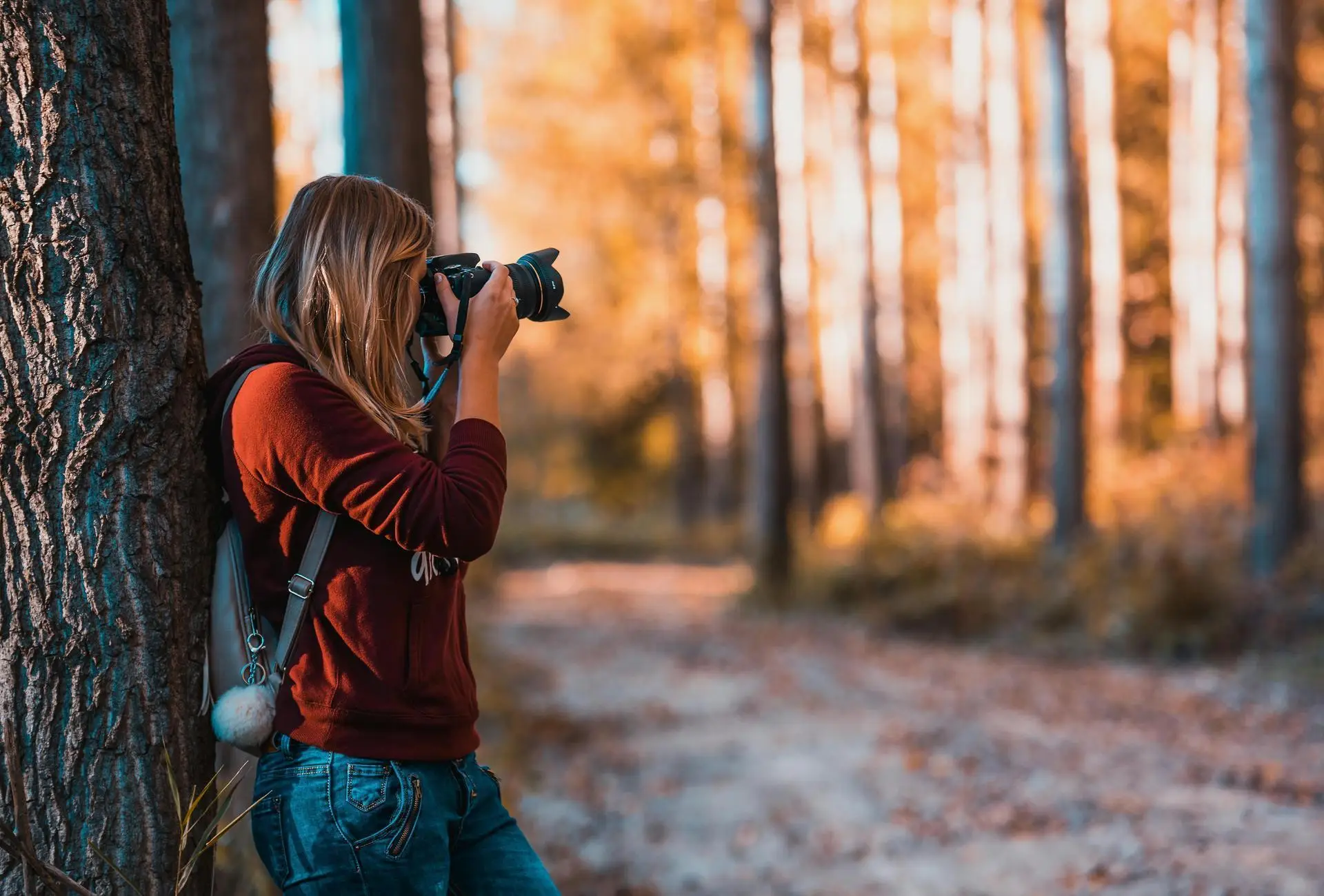Why Learning to Use Natural Light Is a Game-Changer for Photographers
Light is the essence of photography. Without it, no image can exist. While artificial lighting offers control and consistency, natural light remains one of the most versatile and impactful tools in a photographer’s arsenal. Learning to harness natural light effectively can elevate the quality of your work, transforming ordinary shots into extraordinary ones. From creating depth and texture to evoking emotion, natural light offers endless creative possibilities.
This article explores why mastering natural light is crucial for photographers and how it can revolutionize your approach to photography.
The Unique Qualities of Natural Light
Natural light is dynamic, ever-changing, and full of character. Unlike artificial light, which can sometimes feel sterile or predictable, natural light breathes life into photographs, making them feel authentic and organic.
Key characteristics of natural light:
- Varied intensity: Natural light ranges from soft and diffused during overcast days to harsh and direct under the midday sun.
- Color temperature: The warmth or coolness of natural light changes throughout the day, offering a diverse palette to work with.
- Unpredictability: Natural light is constantly shifting, which can challenge photographers to adapt and think creatively.
Understanding these qualities allows photographers to use natural light to their advantage, creating images that feel alive and immersive.
Enhancing Mood and Emotion with Natural Light
One of the most compelling reasons to master natural light is its ability to evoke mood and emotion. The way light interacts with a subject can dramatically influence the tone of a photograph, making it feel warm, mysterious, or dramatic.
How natural light enhances emotion:
- Golden hour magic: The soft, warm light during sunrise or sunset creates a romantic and ethereal atmosphere.
- Soft shadows: Overcast skies diffuse sunlight, creating gentle shadows that evoke calmness and introspection.
- High contrast: Harsh midday light produces strong shadows and highlights, adding drama and intensity to the image.
By understanding how natural light impacts mood, photographers can use it to tell more compelling visual stories.
The Versatility of Natural Light
Natural light is incredibly versatile, making it suitable for a wide range of photography genres. From portraits to landscapes, natural light adapts to the needs of the photographer, providing endless creative opportunities.
Examples of natural light applications:
- Portrait photography: Soft, directional light from a window or during the golden hour flatters the subject’s features and adds depth.
- Landscape photography: The changing light throughout the day highlights textures, colors, and details in the environment.
- Street photography: Natural light creates authentic, unposed moments that reflect the energy of urban life.
- Still life photography: Soft natural light enhances details and textures, making objects appear more lifelike.
The adaptability of natural light makes it an invaluable tool for photographers across all skill levels and genres.
The Cost-Effectiveness of Natural Light
For photographers just starting out, artificial lighting equipment can be expensive and intimidating. Natural light, on the other hand, is free and readily available, making it an accessible resource for photographers of all budgets.
Benefits of using natural light:
- No additional equipment required: Natural light eliminates the need for expensive strobes, softboxes, or modifiers.
- Portability: Photographers can shoot anywhere without worrying about carrying heavy lighting gear.
- Ease of learning: Experimenting with natural light helps beginners develop a foundational understanding of how light behaves.
By mastering natural light, photographers can achieve professional-quality results without the financial burden of artificial lighting setups.
The Role of Time and Direction in Natural Light Photography
The quality of natural light changes throughout the day, offering unique opportunities at different times. Understanding how the time of day and direction of light impact your photos is essential for mastering natural light.
Key considerations:
- Golden hour: The hour after sunrise and before sunset provides soft, warm light that flatters subjects and creates long shadows.
- Blue hour: The period just before sunrise or after sunset offers a cool, soft light ideal for moody and atmospheric shots.
- Midday light: While harsh and direct, midday light can be used creatively for high-contrast images or dramatic shadows.
- Window light: Indoors, light streaming through a window acts as a natural softbox, creating directional light perfect for portraits or still life.
Knowing how to work with the changing qualities of natural light allows photographers to plan their shoots and achieve their desired results.
Overcoming Challenges with Natural Light
While natural light offers many advantages, it also comes with challenges. Learning to adapt to unpredictable lighting conditions is a key skill for photographers who rely on natural light.
Common challenges and solutions:
- Harsh sunlight: Use diffusers, seek shade, or position the subject with the sun behind them to soften the light.
- Low light: Increase ISO, use a slower shutter speed, or take advantage of reflective surfaces to brighten the scene.
- Weather changes: Embrace the unpredictability of weather and use it to add mood or drama to your photos.
By understanding how to overcome these challenges, photographers can make the most of natural light in any situation.
Developing Your Eye for Natural Light
Mastering natural light requires more than technical knowledge; it involves developing an intuitive sense for how light interacts with your subject and environment. Training your eye to recognize the nuances of natural light is an essential step in becoming a skilled photographer.
Tips for developing your eye:
- Observe light daily: Pay attention to how light changes throughout the day and how it interacts with people, objects, and landscapes.
- Experiment with angles: Move around your subject to see how light affects the scene from different perspectives.
- Practice regularly: The more you shoot in natural light, the better you’ll understand its behavior and potential.
- Study the masters: Analyze the work of renowned photographers who excel at using natural light to inspire your own approach.
Developing an eye for natural light allows photographers to create images that are both technically sound and artistically compelling.
The Impact of Natural Light on Post-Processing
Natural light not only enhances the quality of your images but also simplifies the post-processing workflow. Photos captured with natural light often require less editing, as the light itself provides a natural balance and aesthetic.
Advantages in post-processing:
- Better skin tones: Natural light produces more accurate and flattering skin tones in portraits.
- Reduced color correction: The natural warmth or coolness of light often requires minimal adjustment.
- Authentic look: Images shot with natural light tend to feel more organic and true to life, reducing the need for heavy retouching.
By mastering natural light, photographers can streamline their editing process and achieve a more polished final result.
Elevating Your Photography with Natural Light
Learning to use natural light is a transformative skill that can take a photographer’s work to the next level. By understanding its qualities, adapting to its challenges, and leveraging its creative potential, photographers can create images that stand out for their authenticity and emotional impact.
Natural light is not just a tool; it’s an integral part of the storytelling process. Whether capturing portraits, landscapes, or everyday moments, photographers who master natural light can unlock a world of creative possibilities and elevate their craft.










